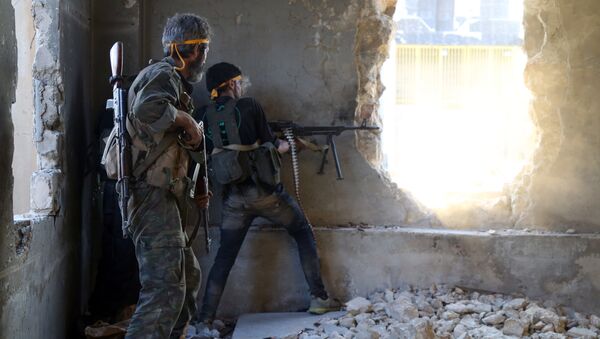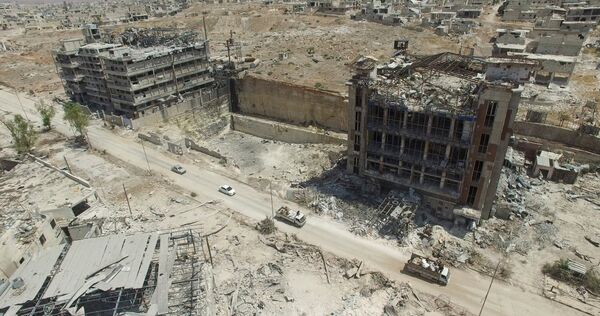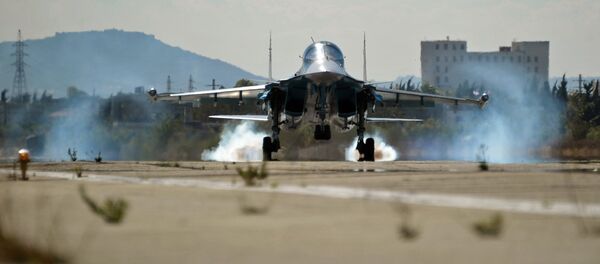For the analyst, this is not merely a battle between Damascus-led forces and rebels, but rather a "standoff" between the Russian and US-led coalitions.
This is why Washington and its allies are increasingly active in Syria.
The United States "is trying to undermine the Syrian Arab Army's (SAA) operation aimed at freeing Aleppo, the city that the US views as the capital of 'moderate' Syrian opposition. They also want to fuel tensions in Damascus suburbs and strengthen their positions in areas close to Raqqa and northeastern provinces," the analyst said.
Aleppo, once the largest city in the embattled country, has been controlled by the SAA and radical groups, but last month government forces managed to cut all supply routes to rebel-held areas in what was perceived as a major victory for Bashar al-Assad. The militants have tried to break the siege ever since.
Lepekhin mentioned that no one doubts that the US is behind so-called moderate opposition forces in Aleppo that have long since merged with terrorist groups operating in the city. This is why the Western coalition is trying to "further discredit Russia's efforts, ruin Aleppo's blockade and undermine the SAA advance in northern Syria."
The analyst further noted that US special forces have been more active in the embattled country.
"In late July, several media outlets in the West reported that the US State Department was preparing an anti-Assad operation in Jordan, home to the largest British intelligence base that has been used by US troops," the analyst said.

Lepekhin also pointed to a possible link between the downing of the Russian Su-24 in November, the crash of Russian Mi-8 helicopter last month and SAA operations. Both incidents took place when the Syrian Arab Army, assisted by Russian warplanes and local allies, launched major operations.
The Su-24 incident undermined the SAA offensive in Latakia at a time when the army was trying to seal the porous border with Turkey. The Mi-8 crash could have been linked to the SAA success in Aleppo.




